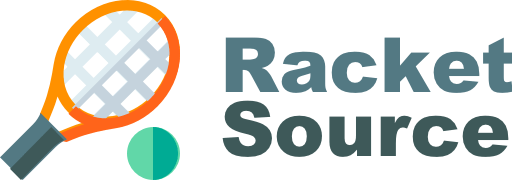The Three Most Important Things to Consider When Selecting a Pickleball Paddle
- #1 Price. Good composite pickleball paddles start at $50. …
- #2 Weight. Weight is the most important factor when choosing a paddle. …
- #3 Grip Size. It is important to play with a paddle that has the correct grip circumference for your hand.
Beside above, what kind of pickle ball racket should I buy?
Pickleball paddles range anywhere from 6 ounces to 14 ounces, and the weight will affect power and control. A lighter paddle gives you more control but less drive. … Therefore, consider selecting a mid-weight paddle between 7 ounces and 8.5 ounces.
Regarding this, is Pickleball easier than tennis?
Although pickleball is generally easier on the body than tennis, it does not come without its strains. The sport requires players to bend down for many shots, which can be difficult on the lower back. … He said pickleball has helped his quickness, reaction time and volley game.
Which pickleball paddle has the largest sweet spot?
With a shorter handle than the Epic, the S2 has a larger surface area on the face of the paddle. In fact, the S2 has the largest sweet spot in the Pickleball industry! The extra large surface area improves the overall power and control of the paddle, giving every shot more consistency.
Which is a better pickleball paddle?
The first factor to consider when choosing a pickleball paddle is the paddle’s weight. Pickleball paddles typically weigh between 4 and 14 ounces. A heavy paddle will drive the ball better than a light paddle. Conversely, a light paddle gives the player more control over the ball.
What’s the best pickleball paddle brand?
Our Top 14 Best Pickleball Paddles
- TMPR Oculus XT. TMPR is quickly establishing itself as one of the leading paddle brands in the industry. …
- TOPP Reacher Graphite Blade. …
- TMPR Tantrum LX Premium Paddle. …
- Revive Graphite Teardrop. …
- Paddletek Tempest Wave Pro. …
- Onix Composite Z5 WideBody. …
- Paddletek Bantam TS-5. …
- Harrow P200.
Can you touch the net in pickleball?
Reaching over net : If the ball bounces onto your side of the court and spins back over the net, you may reach over the net (ie. breaking the plane of the net) to hit the ball. It is considered a valid return as long as you or your paddle does not touch the net.
